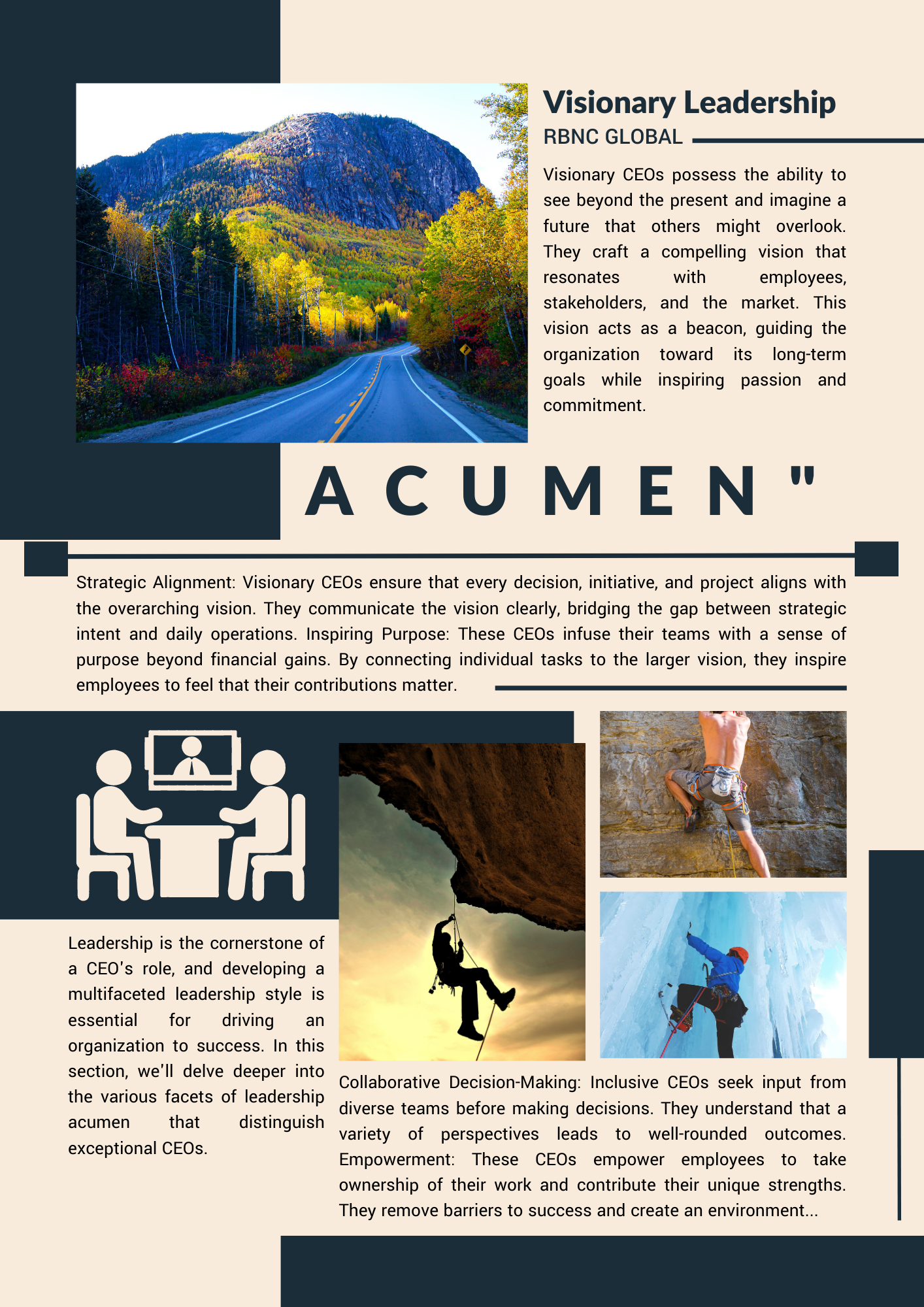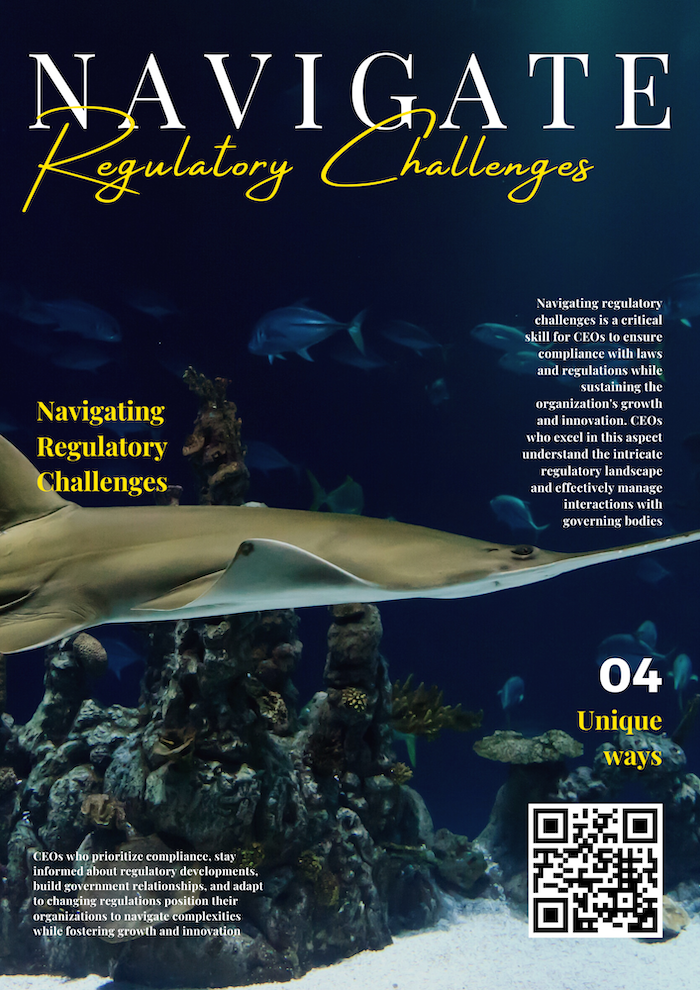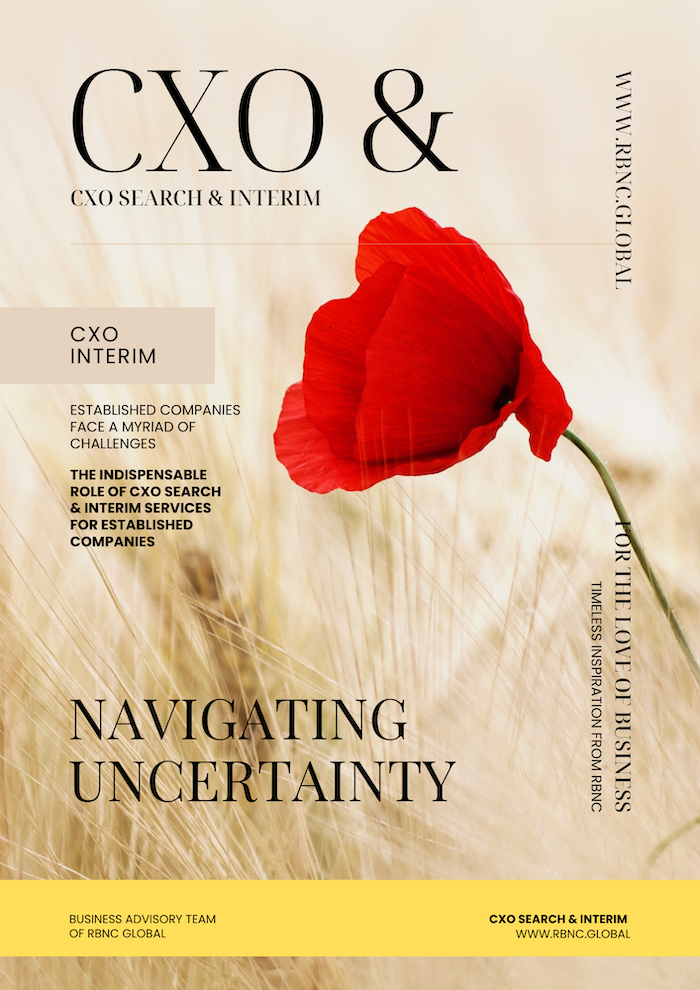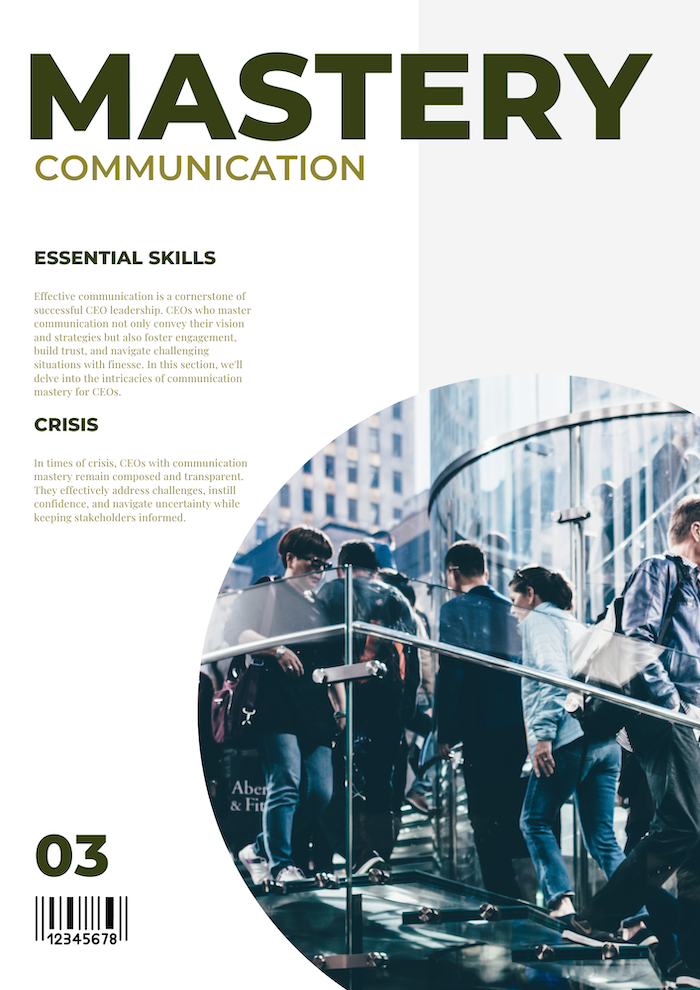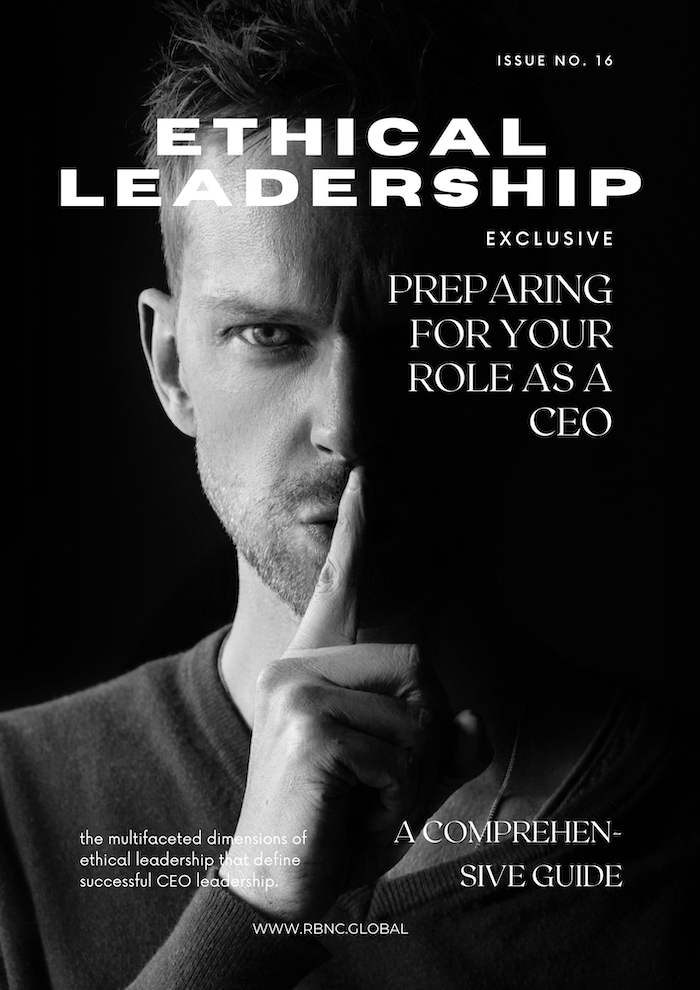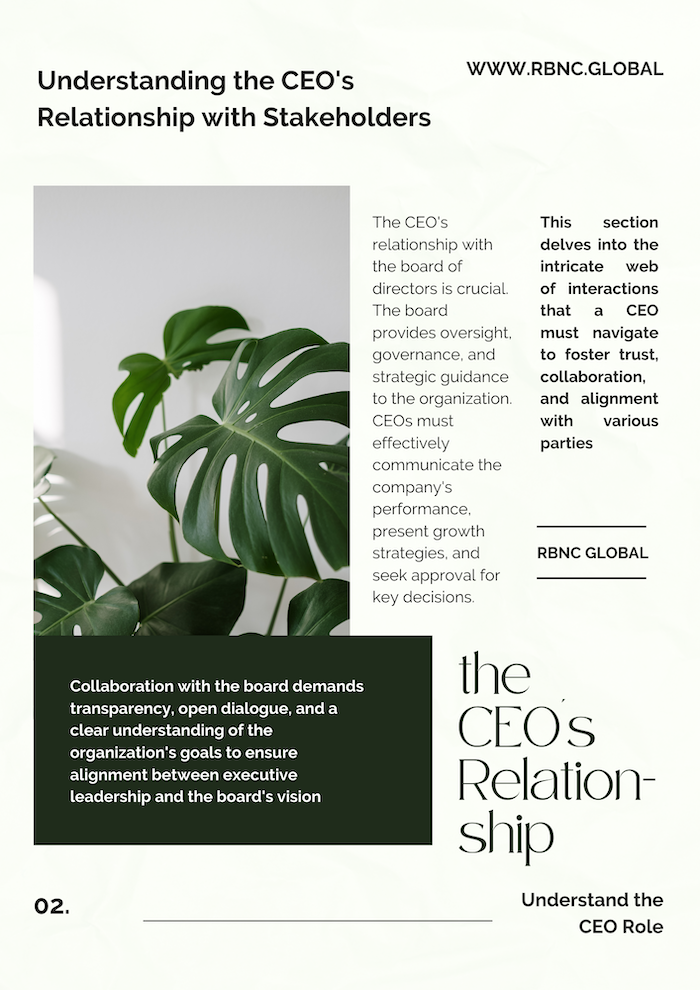Defining the CEO Role
In this section, we will delve deeper into the multifaceted nature of the CEO role, understanding the intricacies of their responsibilities, and how these aspects collectively contribute to the success of an organization.
The CEO as the Visionary:
A CEO is the chief architect of an organization's vision and mission. They articulate a clear and compelling vision that defines the company's purpose, values, and long-term goals. This vision serves as a guiding light for employees, stakeholders, and partners, aligning everyone toward a shared direction. Through effective storytelling and communication, a CEO instills a sense of purpose that resonates throughout the organization, fostering enthusiasm and dedication among the team.
The CEO as the Decision-Maker:
One of the most critical roles of a CEO is making informed and impactful decisions. CEOs face decisions that range from operational matters to strategic initiatives that shape the future of the company. Decisions must be based on a balance of analytical insights, industry knowledge, and a deep understanding of the organization's goals. CEOs often need to navigate ambiguous situations, demonstrating a keen ability to weigh risks, rewards, and potential outcomes.
The CEO as the Face of the Company:
A CEO serves as the public representative of the company, acting as a spokesperson and ambassador. They communicate the company's mission, achievements, and vision to external stakeholders, including the media, investors, customers, and the public. Effective communication skills are paramount as a CEO must convey complex ideas in a clear and compelling manner. Transparency, authenticity, and a consistent message are crucial in building trust and maintaining a positive reputation.
Navigating Ambiguity and Complexity:
CEOs operate in an environment characterized by ambiguity, uncertainty, and rapid change. They are tasked with making decisions in the face of incomplete information and evolving market dynamics. The ability to navigate complexity, make tough calls, and adapt strategies is fundamental. CEOs must possess a high tolerance for ambiguity while maintaining a steady course toward achieving the organization's objectives.
Balancing Short-Term and Long-Term Goals:
Striking a balance between short-term results and long-term growth is a perpetual challenge for CEOs. While there is a need to demonstrate immediate success, CEOs must also lay the groundwork for sustainable growth over time. This involves making decisions that might not yield instant gratification but are critical for the organization's long-term health and competitiveness.
Stakeholder Alignment:
A CEO is responsible for aligning the interests of various stakeholders, including the board of directors, shareholders, employees, and external partners. Balancing the expectations of these diverse groups requires effective communication, transparency, and the ability to build consensus. The CEO's leadership ensures that the company operates cohesively toward achieving its overarching goals.
Conclusion:
Defining the CEO role involves embracing the multifaceted responsibilities that come with this prestigious position. From envisioning a compelling future for the company to making pivotal decisions and being the embodiment of its values, a CEO's influence permeates every aspect of the organization. As you embark on your journey to becoming a CEO, remember that your role is not merely a title—it's a dynamic blend of leadership, strategy, communication, and adaptability that shapes the destiny of your organization.
Back to: Chapter 1: Understanding the CEO Role



